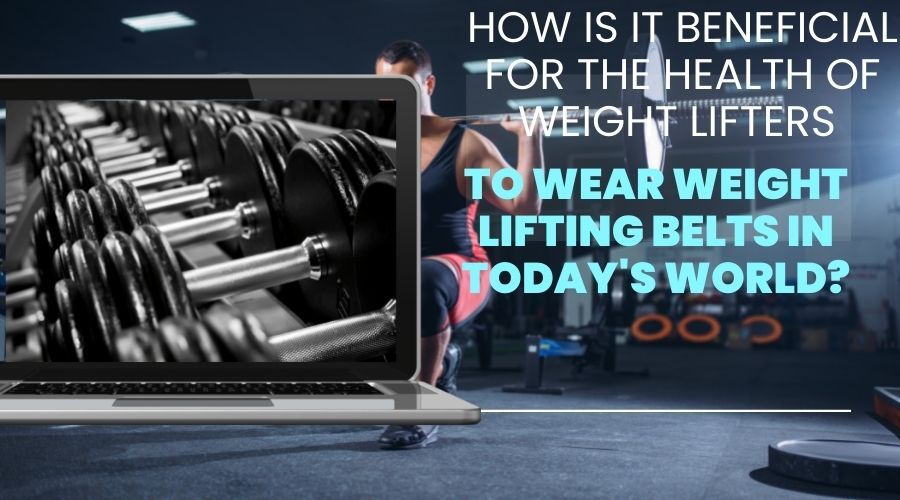
Weight lifting belts have become a staple in many gyms, often donned by serious lifters aiming for that extra support during their workouts. But are they really necessary? This guide will explore the benefits, considerations, and cleaning methods for weight lifting beltsYou can also find the benefits of weight lifting belts which will make you purchase them from a weight lifting belt company. Let's separate fact from fiction and empower you to make an informed decision about incorporating this equipment into your routine.
Your core plays a crucial role in weight lifting, acting as a stabilizer for your spine. Weight-lifting belts provide external support, allowing your core muscles to work more efficiently. This results in enhanced stability and a reduced risk of injuries caused by poor form.
Weight lifting, especially with heavy loads, can put stress on various parts of your body. Belts effectively reduce the load on your lower back by increasing intra-abdominal pressure. This minimizes the risk of back injuries and hernias, especially during compound lifts like squats and deadlifts.
The need for a weight lifting belt largely depends on the type of lift you're performing. For example, a belt can provide crucial support to maintain proper form and protect your lower back during heavy squats or deadlifts. However, a belt may not be necessary during exercises like bicep curls or lateral raises.
Consider your experience level and any existing injuries or weaknesses. Novice lifters might benefit from using a belt earlier to establish proper form and prevent injuries. Conversely, experienced lifters with well-developed core muscles may not need a belt as frequently.
Regular cleaning is essential to ensure your weight-lifting belt remains effective and hygienic. Here's a step-by-step guide to keep your belt in top condition:
Start by wiping the belt with a clean, damp cloth to remove surface dirt or sweat.
For stubborn stains, use a mild detergent or soap diluted in water. Gently scrub the affected areas with a soft brush or cloth.
If stains persist, consider a deeper clean. Submerge the belt in warm water and mild detergent for about 30 minutes. Rinse thoroughly and allow it to air dry.
Ensure the belt is completely dry before storing it. Avoid exposing it to direct sunlight or high heat, which can weaken the material over time.
Beyond cleaning, proper storage is crucial for preserving the integrity of your belt. Hang it in a cool, dry place, and avoid folding or crumpling it. Regularly inspect for signs of wear and tear, such as fraying edges or weakened stitching. When it's time for a replacement, invest in a high-quality belt to continue reaping the benefits.
While weight-lifting belts offer valuable support, building intrinsic core strength is equally important. Incorporate these exercises into your routine for a balanced approach to fitness:
Planks engage multiple core muscles simultaneously, promoting overall stability and strength.
This rotational exercise targets oblique muscles, enhancing lateral stability.
Leg raises work the lower abdominal muscles, contributing to a strong and balanced core.
We sought insights from experienced weight lifters and fitness trainers to provide a well-rounded view. Their consensus emphasizes that weight-lifting belts can be a valuable tool when used judiciously, especially for compound lifts and during strength-building phases. However, they also stress the importance of not becoming overly reliant on them, as it's essential to develop natural core strength.
Weight-lifting belts can be a valuable addition to your workout routine, providing support and stability during demanding lifts. However, they're not a one-size-fits-all solution. Consider your needs, exercise selection, and experience level when incorporating a weight-lifting belt. With proper cleaning and maintenance, you can ensure your belt serves you well for years while incorporating core-strengthening exercises for a comprehensive approach to your fitness journey.